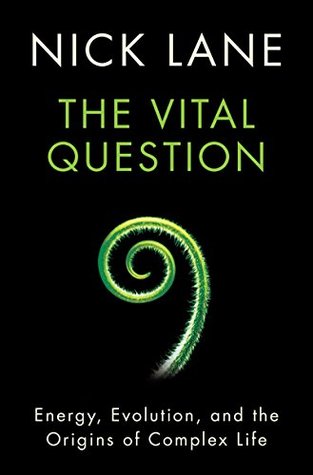Erwin Schrödinger’s book What is Life? in 1944. Schrödinger made two key points: first, that life somehow resists the universal tendency to decay, the increase in entropy (disorder) that is stipulated by the second law of thermodynamics; and second, that the trick to life’s local evasion of entropy lies in the genes. He proposed that the genetic material is an ‘aperiodic’ crystal, which does not have a strictly repeating structure, hence could act as a ‘code-script’ – reputedly the first use of the term in the biological literature. Schrödinger himself assumed, along with most biologists at
...more
Welcome back. Just a moment while we sign you in to your Goodreads account.


